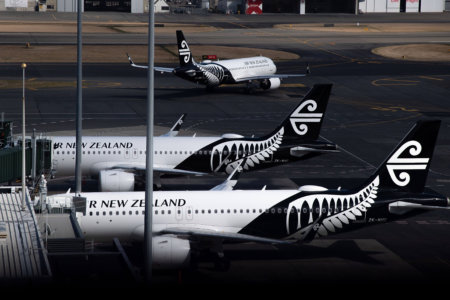
While most major education hubs are racing to rehabilitate their education systems in a pandemic-stricken world, the national agency Education New Zealand (Education NZ) has said that higher education in New Zealand will bounce back bigger and better by 2030. This long-term revamp seeks to re-establish the country as a safe and stable study abroad destination — a reputation it has guarded thus far with a strict national lockdown.
Education NZ communicated to the New Zealand Parliament’s Education and Workforce Select Committee that it will begin rebuilding the industry to pre-pandemic levels using insights from previous events, including the Christchurch earthquake in 2010. This comes after the government pledged to inject 51.6 million New Zealand dollars into the international education sector in its recovery plan. Here’s a quick breakdown of how it will revamp higher education in New Zealand.
Higher education in New Zealand to prioritise value over volume
New Zealand is expecting to bring 1,000 international students back over the following months, with the first 300 scheduled to arrive in April. They are expected to book and pay for their own quarantine once contacted by their tertiary institution. Requirements include a visa to study in 2019 or 2020 towards their current qualification, as well as proof that they need to be in New Zealand to complete their programme.
Before the pandemic, Education NZ claims that higher education in New Zealand has a capacity of 150,000 international students. Moving forward, its universities will focus on quality over quantity when it comes to international enrolments. “The ‘build back better’ slogan, applied to this [sector], would mean building a stronger, more diverse industry here onshore that was focused more on value than on volume,” said Education NZ chair Steve Maharey.

New Zealand’s Prime Minister Jacinda Ardern speaks to the students while campaigning at Victoria University in Wellington on Oct. 13, 2020, ahead of the country’s general election on October 17. Source: Marty Melville/AFP
Increase offshore, online capabilities
Moving forward, Maharey also suggests pivoting attention and resources to the “burgeoning market of people who study offshore online.” Education NZ says 5,000 international students currently use this model; yet, the planned staggered return suggests that many will proceed with online classes for the time being. Future students will ease into this with the help of pathway programmes that allow them to begin their course remotely.
Diversify source countries
One pre-pandemic goal that remains relevant to higher education in New Zealand is diversification. With resilience in mind, Maharey says the country should prevent overdependence on Chinese and Indian markets. How? By attracting students from Thailand, Vietnam, Malaysia, Brazil and Indonesia, among other promising markets with “good engagement.”
Education NZ also aims to promote other areas in the country as education and immigration hotspots, thus diversifying the appeal of higher education in New Zealand. “If we could work with immigration and work with local authorities on ensuring that part of the marketing was to say that if you were to move to wherever there would be opportunities to study and work, that would make a huge difference,” Maharey expressed.










